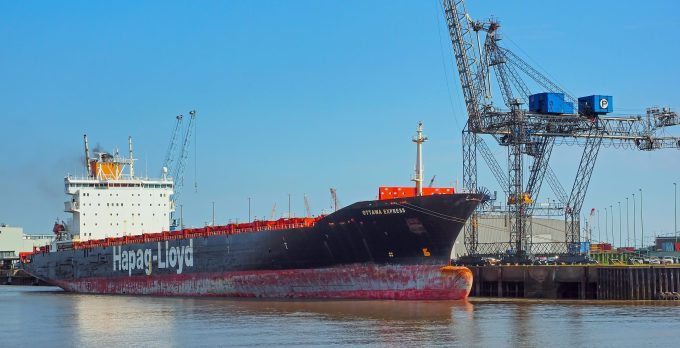Gemini partners on the hunt for scarce chartered tonnage
Pacific International Lines (PIL) has chartered one of its ships to Hapag-Lloyd for three years, ...

“More and more” of Hapag-Lloyd’s shipper customers are assisting the line’s retrofit campaign by participating in biofuel insetting programme Ship Green.
In times past, shipping lines have simply scrapped and renewed their fleets with greener vessels; but this is proving a challenge in the current market, with shipyards full and owners unlikely to see newly ordered vessels delivered before 2028.
This has spurred Hapag-Lloyd to embark on a campaign of retrofitting its existing fleet, including converting five vessels to methanol.
In conversation with ...
Maersk u-turn as port congestion increases across Northern Europe
Apple logistics chief Gal Dayan quits to join forwarding group
Maersk Air Cargo sees volumes fall as it aims for 'margin in favour of revenue'
Houthis tell Trump they will end attacks on Red Sea shipping
Transpac rates hold firm as capacity is diverted to Asia-Europe lanes
Airlines slash freighter capacity post-de minimis, but 'the worst is yet to come'
MSC revamps east-west network as alliance strategies on blanking vary
India-Pakistan 'tit-for-tat' cargo ban sparks sudden supply chain shocks

Comment on this article